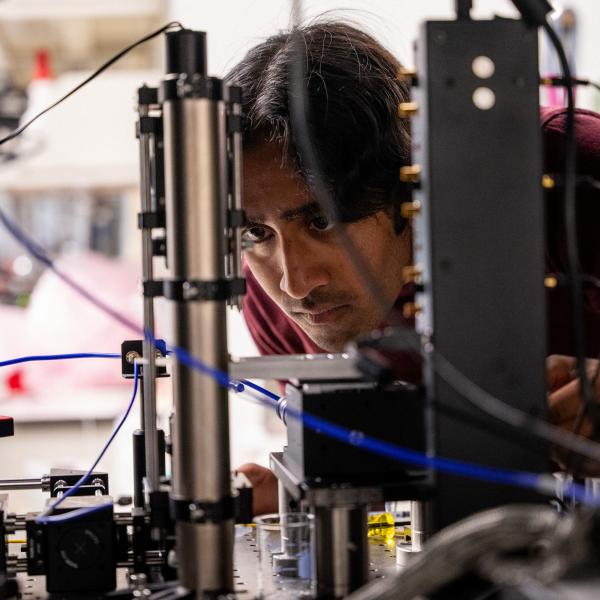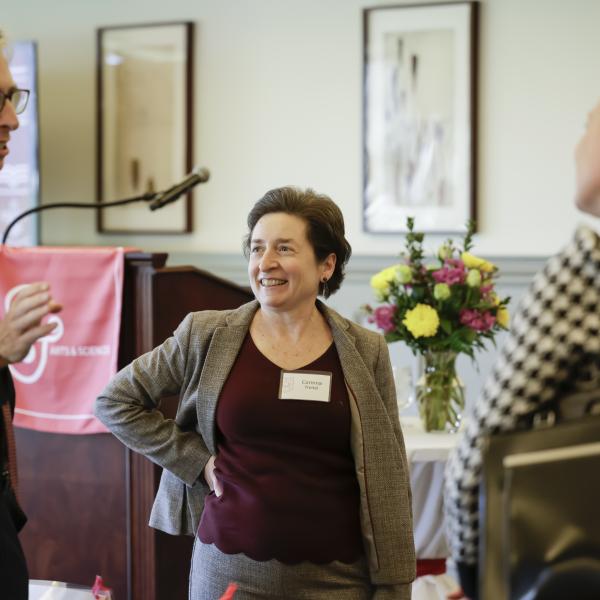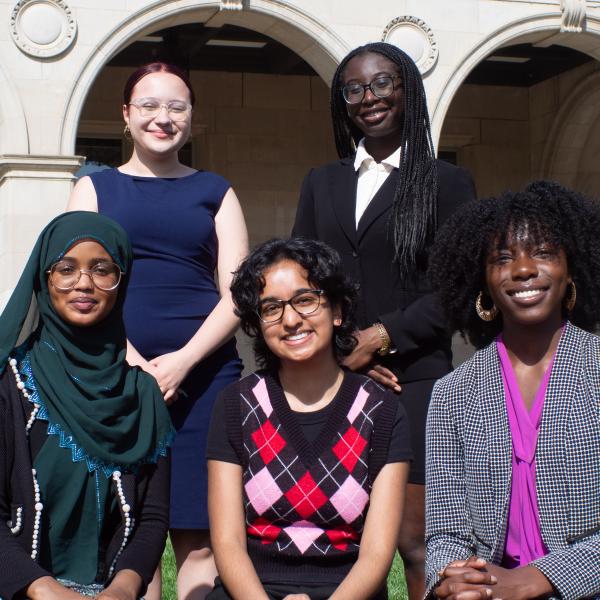We all think we have a rough idea of what happened 12,000 years ago when people at several different spots around the globe brought plants under cultivation and domesticated animals for transport, food or fiber. But how much do we really know?
Recent research suggests less than we think. For example, why did people domesticate a mere dozen or so of the roughly 200,000 species of wild flowering plants? And why only about five of the 148 species of large wild mammalian herbivores or omnivores? And while we’re at it, why haven’t more species of either plants or animals been domesticated in modern times?
If nothing else, the tiny percentages of domesticates suggests there are limitations to human agency, and that it almost certainly is not true that people can step in and completely remodel through artificial selection an organism shaped for millennia by natural selection.
The small number of domesticates is just one of many questions raised in a special issue of the Proceedings of the National Academy of Sciences published online April 21.
The issue is the product of a 2011 meeting of scholars with an interest in domestication at the National Evolutionary Synthesis Center, a nonprofit science center jointly operated by Duke University, the University of North Carolina at Chapel Hill and North Carolina State University.
Of the 25 scholars at the conference, two were from Washington University in St. Louis: Arts & Sciences’ Fiona Marshall, PhD, professor of archaeology, who studies animal domestication, and Kenneth Olsen, PhD, associate professor of biology, who studies plant domestication.
Both Marshall and Olsen are currently engaged in research on the crumbling margins of domestication where questions about this evolutionary process loom the largest.
Read more at The Source.



